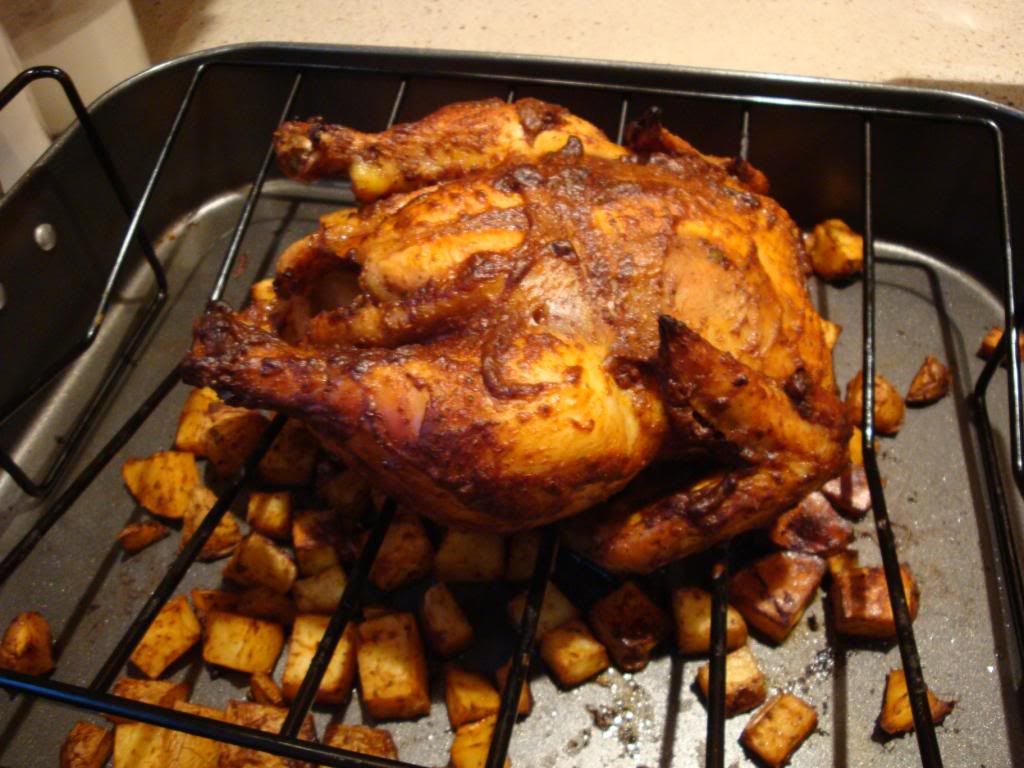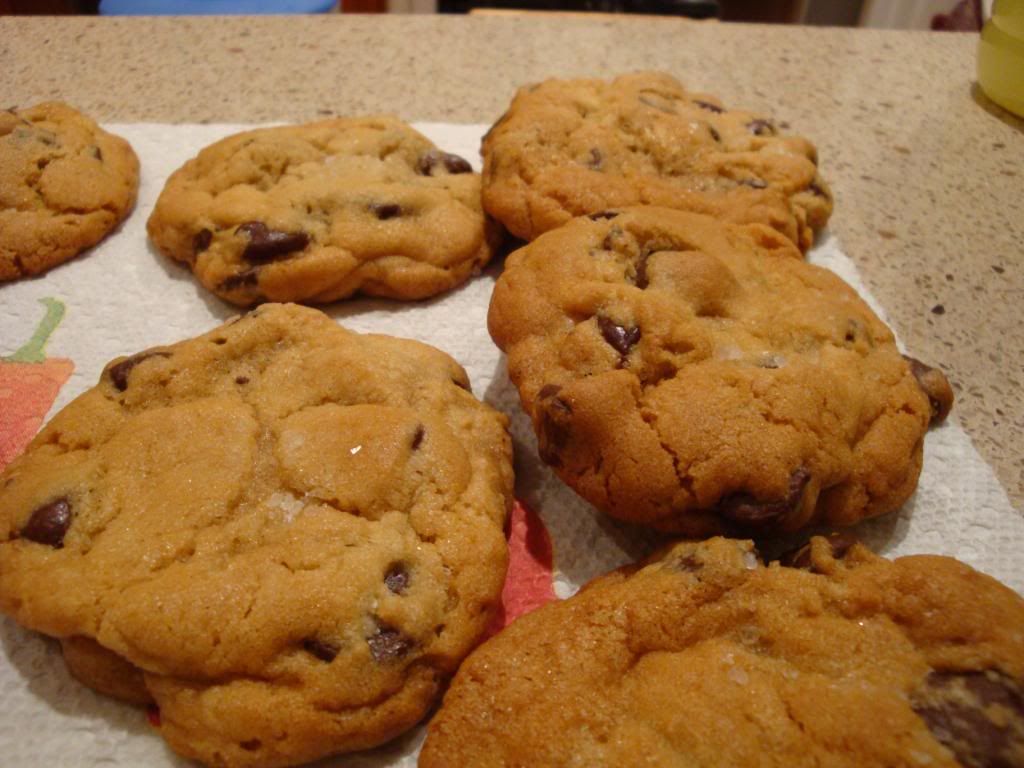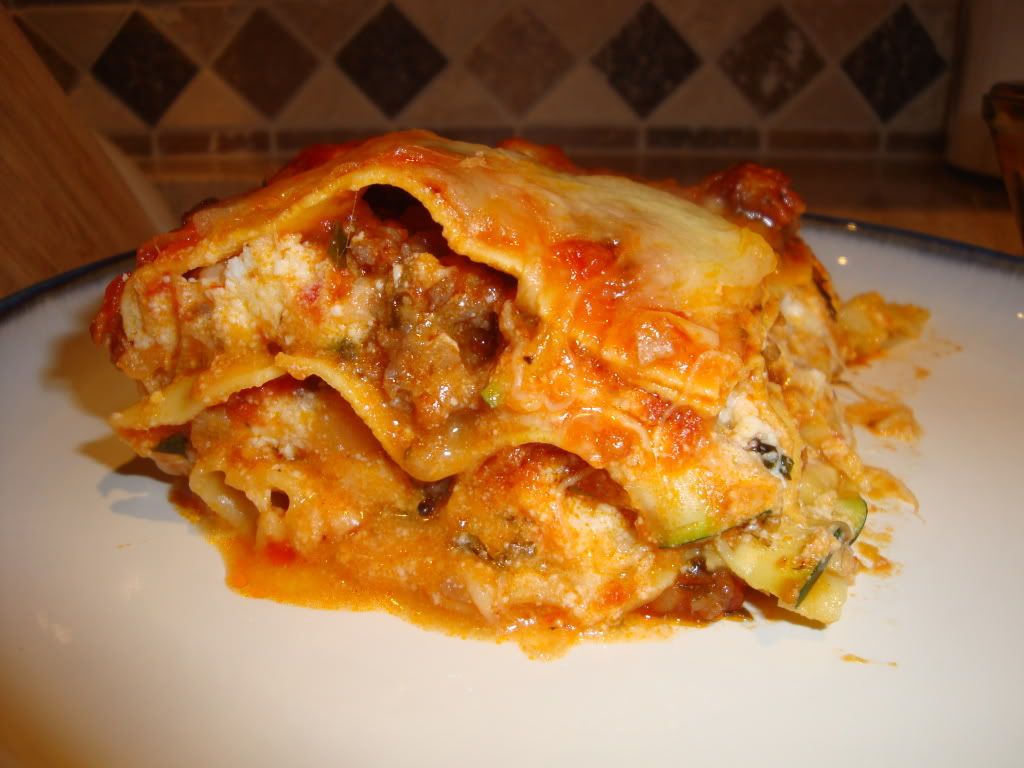
Above you see frango assado com batatas (aka roast chicken with potatoes). A chicken is rubbed with massa de pimentao forte (aka strong or "amped-up" red pepper paste), a mixture of sweet and smoked paprika, red wine, lots of garlic, bay leaf, tomato paste, cilantro, parsley, and some other spices. This was also the first time I have rubbed a chicken under the skin with flavoring. The paste by itself is very strong, but on the roasted chicken it mellowed and added some strong spice flavors. The potatoes had a chance to crisp up on the edges, but you can use them to sop up the natural juices the chicken lost while roasting. Portuguese cooking reminds me in some ways of rustic Italian, but with different flavor combinations based on Portugal's proximity to the Mediterranean and Africa. Like many cultures in Europe they have their own specialty meats and cheeses that often make cameo appearances in their cooking. I was very impressed by what I tasted and what I saw in the book and I can't wait to try another recipe.


